Best electric guitars under $1,000/£1,000 in 2025: My top picks for players of all styles
Years of playing and reviewing gear have taught me exactly what to look for - here's how to get a guitar to grow with
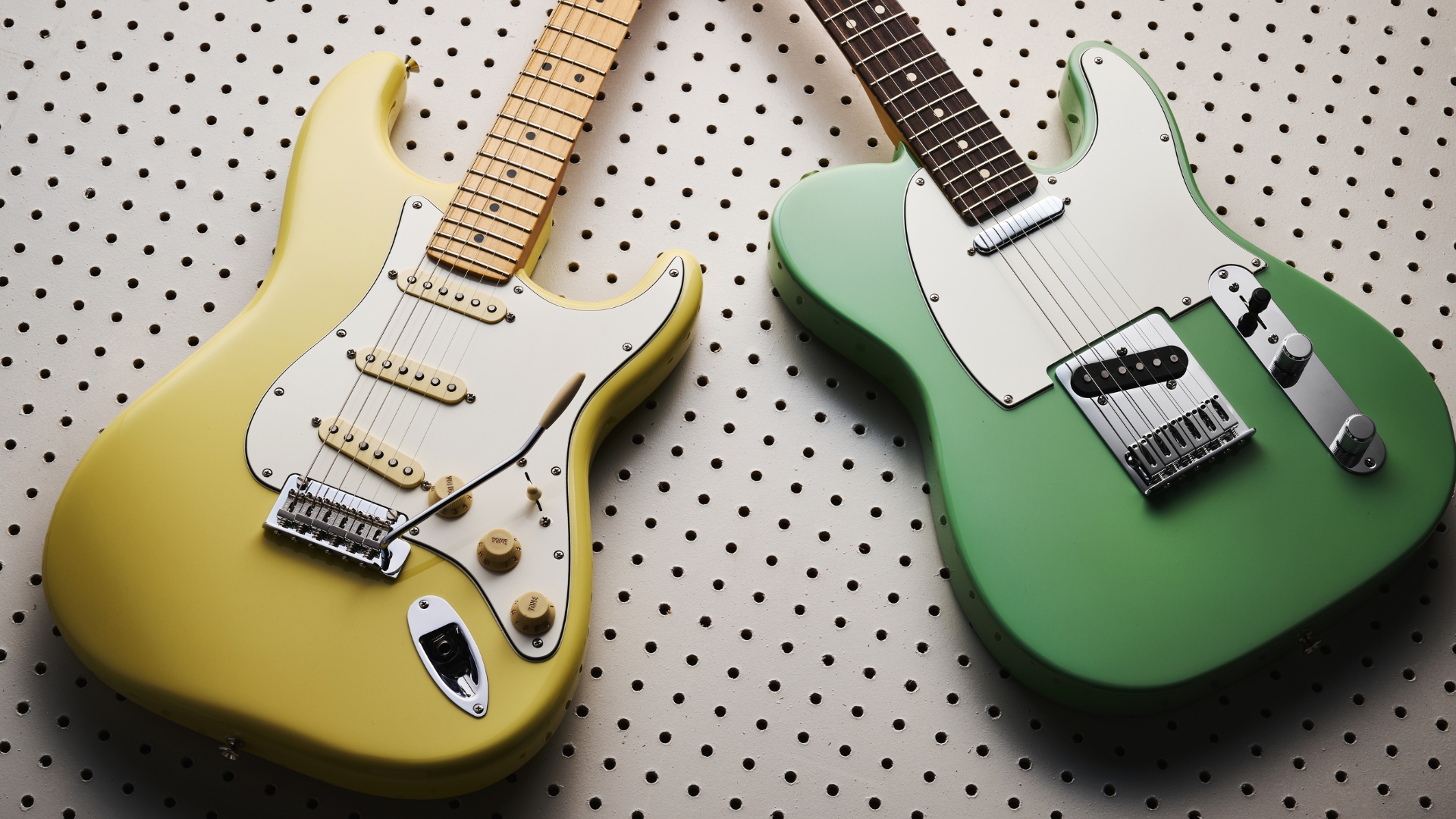
Whether you’re finally ready to step up from a beginner instrument or you just want to add a top-quality guitar to your existing arsenal, the best electric guitars under $1,000 can offer you a lot of guitar for your money. With premium tonewoods, excellent quality pickups, and loads of great features, it’s the perfect budget ot bag yourself a standout instrument.
It used to be that the $1,000 mark was the point where you stepped out from intermediate guitar territory and into more professional-level instruments. Unfortunately, due to the many economic stressors we’ve faced over the past few years, it’s now a bit harder to get to that kind of level without having to step over the $1k threshold. Lucky for you, I’ve been playing guitar for over 20 years now, so I know exactly what to look for to get the most bang for your hard-earned bucks.
For me, the best all-rounder below that magic $1k mark is the PRS SE Custom 24. PRS’ recent build quality has been second to none in my experience, and this guitar has a huge range of tonal options that let it cover a range of styles. For the LP experience, you should check out the Epiphone Les Paul Custom. Guitarists who are Fender aficionados, meanwhile, should have a look at the Fender Player II Tele and Fender Player II Strat for their twang and spank demands respectively.
If you’re not sure how to go about making a buying decision, I’ve put together a how to choose section for this guide that will chaperone you through all the elements you should be looking for when purchasing a new guitar. I’ve also included an FAQs section which answers loads of common questions I get from guitar players, and a glossary of key terms for those who are a little newer to the instrument and want some extra guidance.
My top picks
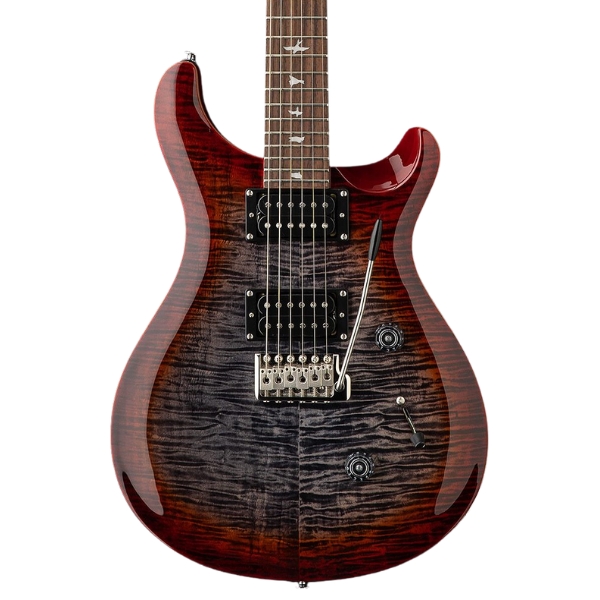
A brilliant all-rounder guitar that will cover pretty much any style, the PRS SE Custom 24 is my top pick for most guitarists, providing outstanding build quality and plenty of tonal variety.
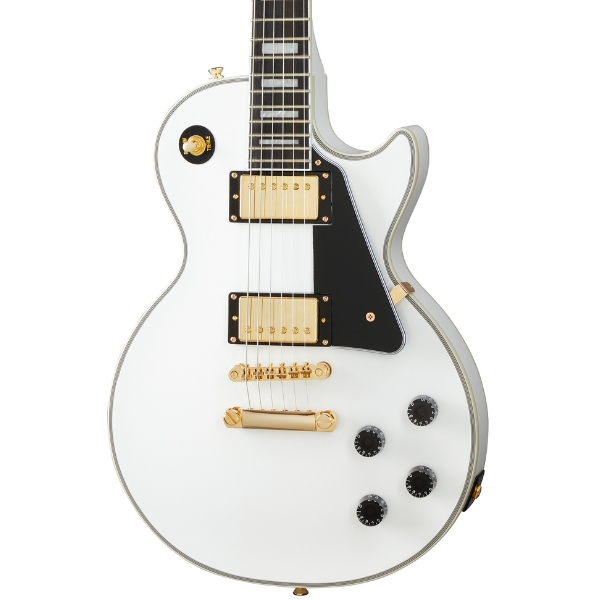
If you want the LP experience sans the astronomical price tag, the Epiphone Les Paul Custom would be my choice. Not only does it look incredible, but it delivers plenty of those classic PAF tones.
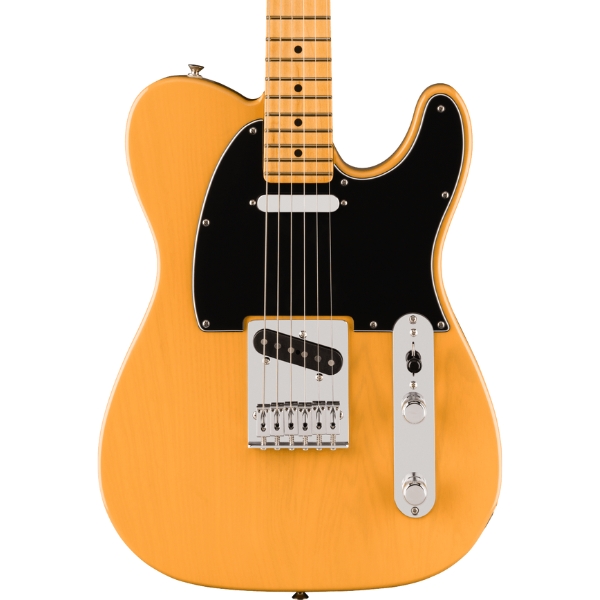
For Tele lovers, it doesn’t get much better than the Fender Player II Telecaster below a grand. With a rosewood fretboard, rolled edges, and dual Alnico single coils it gives you pure Tele twang.
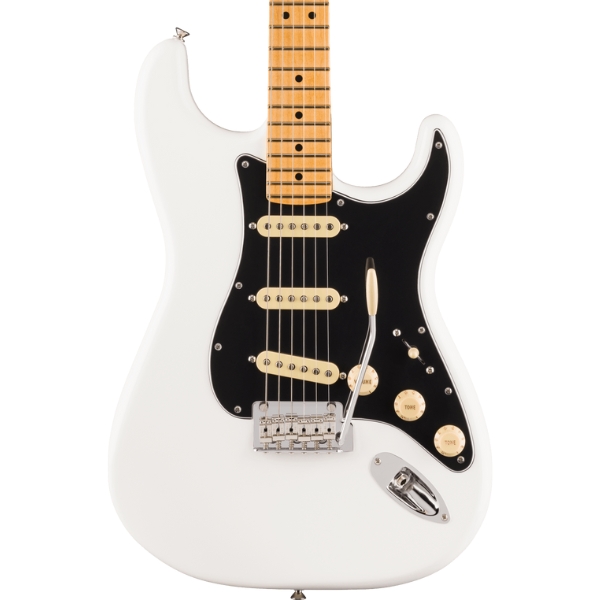
If you want the best possible Stratocaster for less than $1,000, I’d go for the Fender Player II Stratocaster. It delivers the tonal versatility the Strat is renowned for and amazing playability.
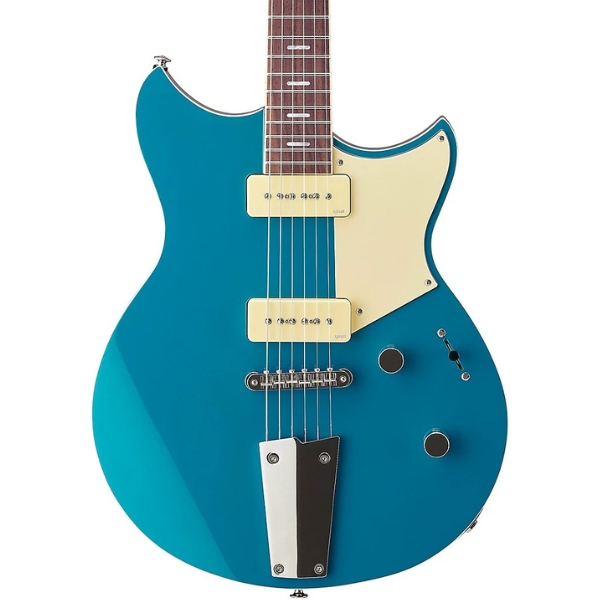
The much-slept-on Yamaha Revstar Standard RSS02T is a brilliant choice for players seeking P-90 tones. With superb build quality, excellent playability, and articulate pickups, it’s a super versatile instrument.
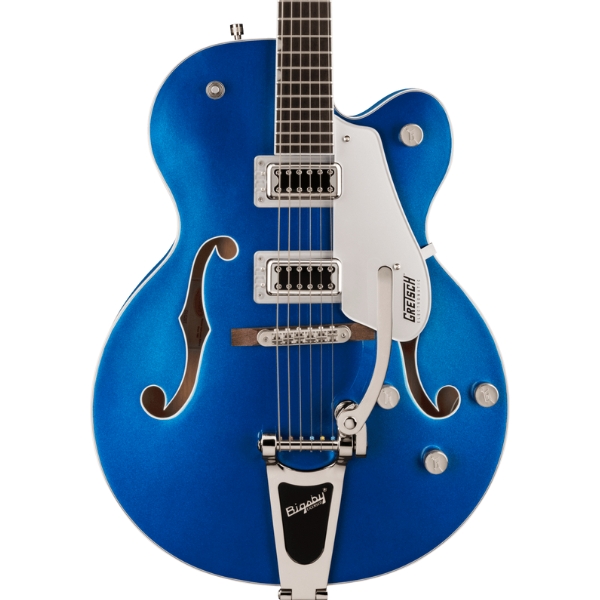
For those who want a hollow body for less than $1k, the Gretsch G5420T Electromatic would be my choice. With Filter’Tron pickups and a Bigsby tremolo, this is a proper machine for rock, blues, country, and more.
Best overall
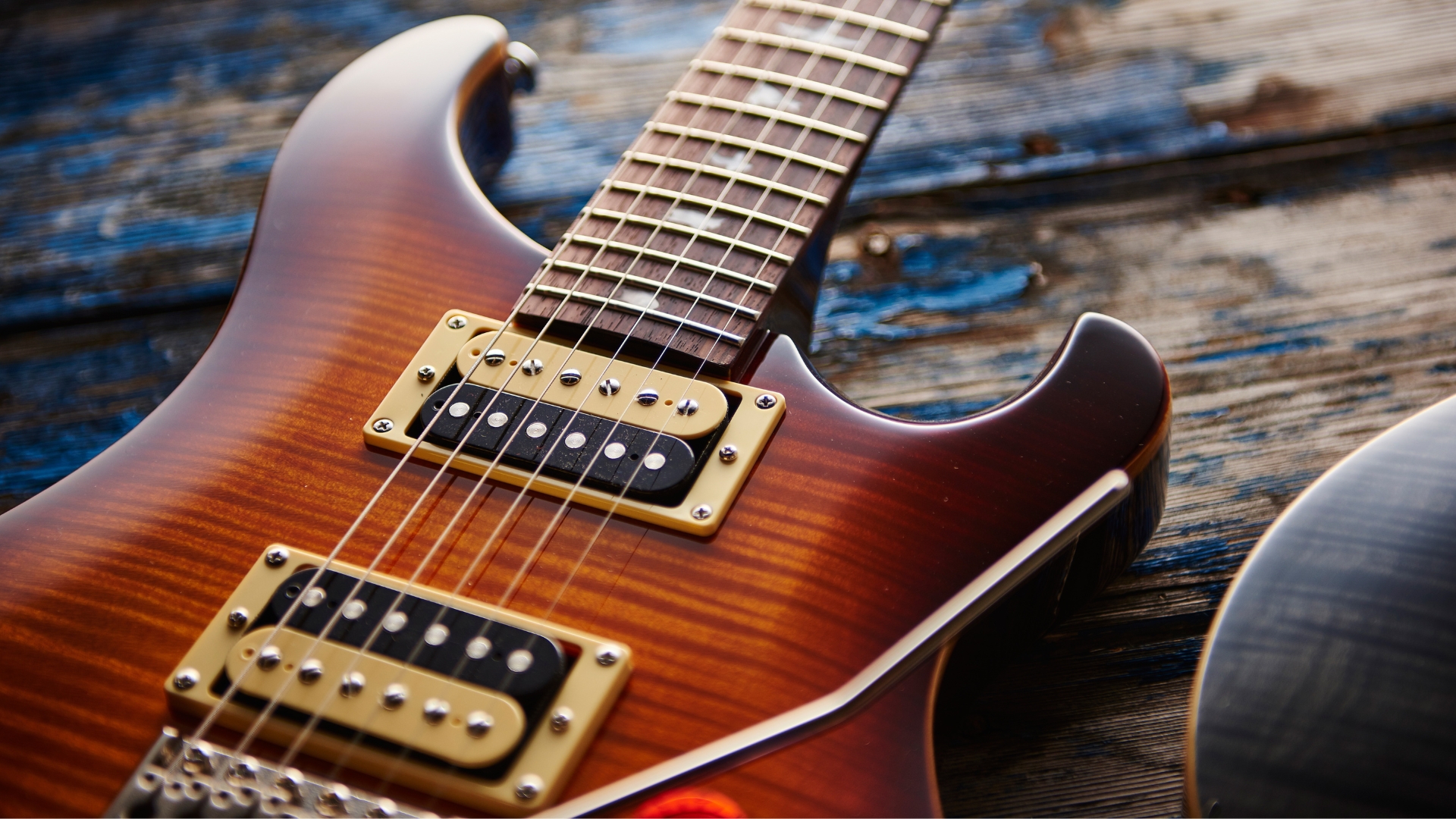
Specifications
Reasons to buy
Reasons to avoid
The PRS SE range has offered solid, well-built, great-sounding guitars for years now, and the PRS SE Custom 24 is a perfect example. This Korean-built mass of maple, mahogany, and rosewood is a classy-looking guitar.
It’s a wonderful instrument to play too – PRS's expertise in making eye-wateringly expensive guitars is evident from the moment you pick it up. The bridge, for example, has a noticeably low profile. This makes palm-muting a much more pleasant experience, especially if you’re used to chugging away on a Floyd Rose-style bridge.
A lot has been made of the SE Custom’s pickups; 2017 models added Korean-made versions of the 85/15 pups used on the more expensive American Core line, dubbed “the perfect pickup” by Paul Reed Smith himself. Largely, they live up to that promise; the bridge pickup is capable of some serious chunky metal tones, which retain definition and clarity even at absurd levels of gain.
Spend some time with the SE Custom 24 and you’ll come to realise that there is no stereotype that fits. And therein lies its beauty. It’s not a guitar or a brand that concerns itself with cultivating a popular image; PRS has always favoured more obvious metrics like quality manufacturing, great sounds, and classic looks.

"Spend some time with the SE Custom 24 and you’ll come to realise that there is no stereotype that fits. And therein lies its beauty. It’s not a guitar or a brand that concerns itself with cultivating a popular image; PRS has always favoured more obvious metrics like quality manufacturing, great sounds and classic looks."
Read more: PRS SE Custom 24 review
Best Les Paul
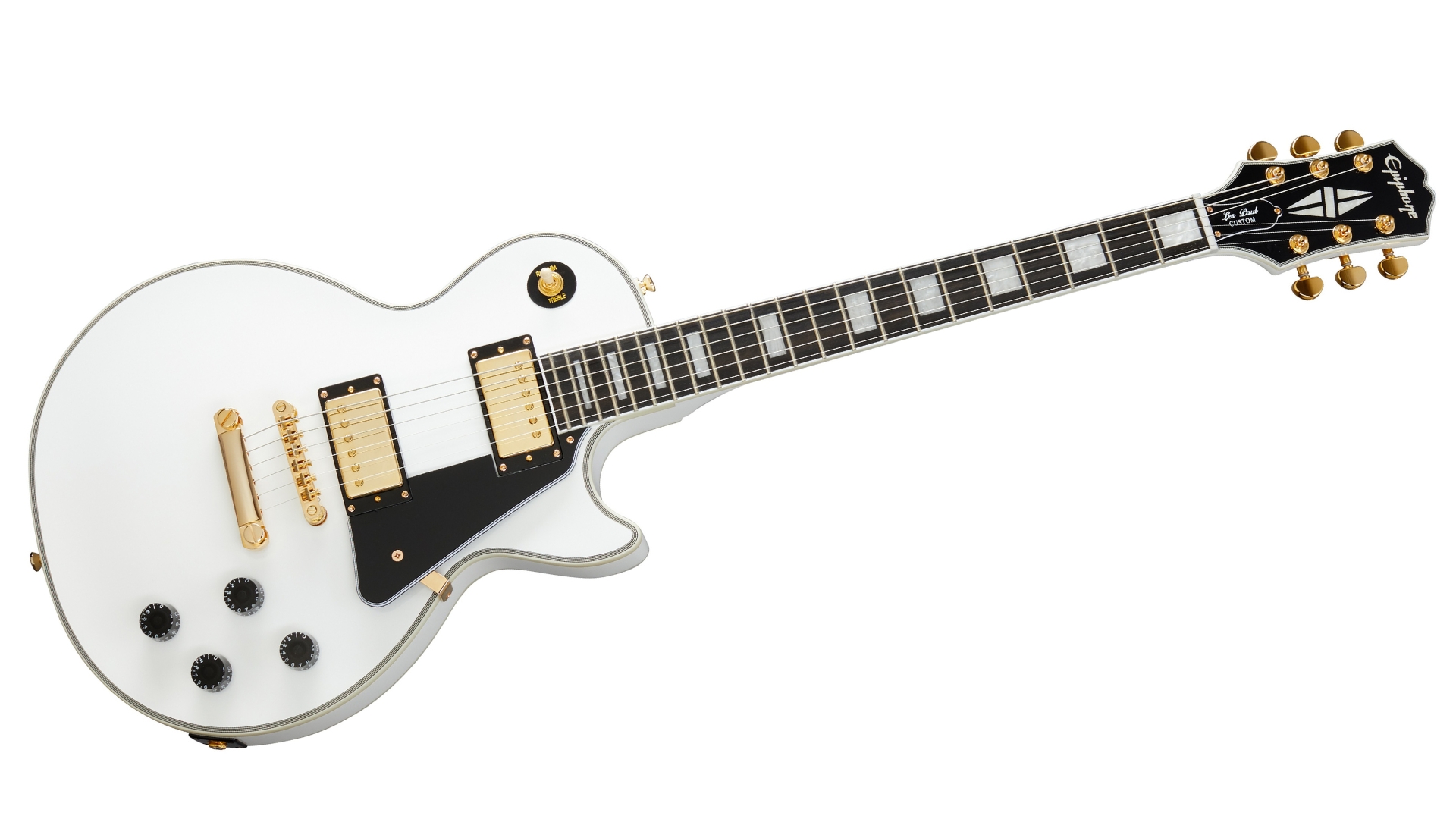
2. Epiphone Les Paul Custom
Our expert review:
Specifications
Reasons to buy
Reasons to avoid
Les Pauls are expensive guitars, but you can still get the majority of the performance and tone of a full-fat one for under the $1k mark. For me, the Epiphone Les Paul Custom is the best way to get that glorious dual humbucker sound with the stunning good looks of a Les Paul without having to spend multiple thousands of dollars.
The two Epiphone ProBucker pickups deliver excellent traditional PAF tones at medium and high gain, with an aggressive-sounding bridge pickup and a warmer, more subtle neck position. They excel at rock and blues playing, although I did find that when played clean, they could get a little muddy without some EQing.
The build quality is where some users have reported issues. These could be small cosmetic blemishes with the paintwork and the binding, or issues with the fretwork and setup. Considering the price of the guitar, unfortunately this is the norm nowadays. I’ve had plenty of review guitars around this price point that needed a decent setup, and with any new guitar you buy, you should get it set up immediately to get it playing its best.
Despite the small QC issues, if you want the Les Paul experience below $1k, then this is a fantastic option. It’s got the looks, the sound, and with a little setup work, the playability that make it perfect for rock and rollers.
Best Telecaster
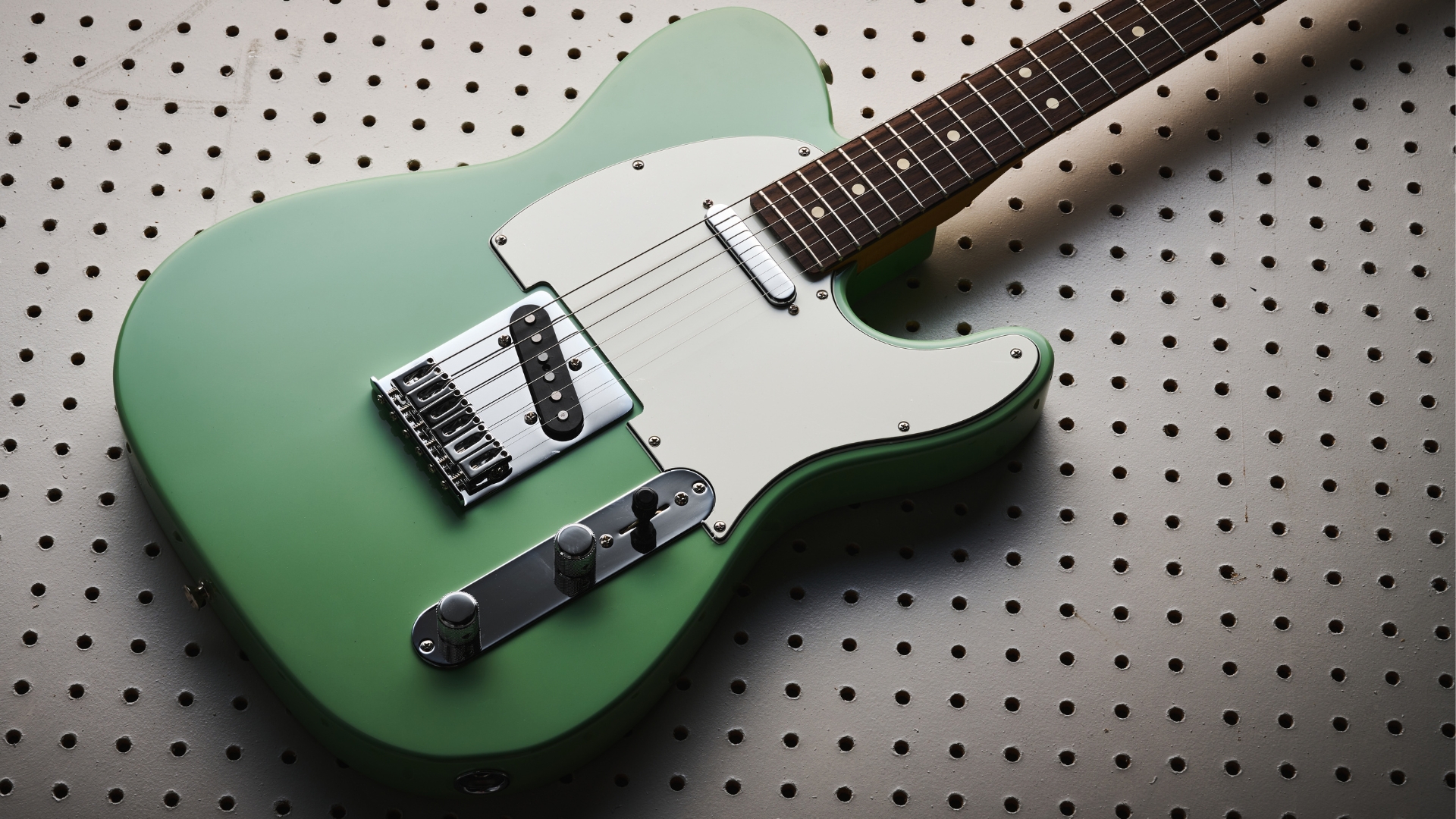
Specifications
Reasons to buy
Reasons to avoid
Telecasters are super versatile guitars, and the Fender Player II Telecaster takes the original Player recipe and adds some nice extra touches to make it one of the best value-for-money guitars you can buy right now, never mind the best Tele under $1,000.
Fender’s modern ‘C’ neck profile is amongst the comfiest I’ve ever played, offering a beautiful balance between heft for fretting chords, and slinkiness for three-note-per-string legato runs. The return of Rosewood fingerboards is a welcome one, and you’ve still got the classic maple ‘boards available too if you prefer those.
The Alnico 5 Player series pickups are more vintage-oriented, which means you get that classic Tele twang in the bridge position and a warm, round tone from the darker neck pickup. They sound phenomenal clean, and handle high gain well, making them incredibly versatile and able to adapt to pretty much any style apart from extreme metal sounds.
Alas, like many guitars nowadays, I have come across QC issues with all of the Fender MIM guitars. Producing instruments with this type of spec at this cost is obviously difficult, so when you get yours, it may need a setup. These aren’t things that make the instruments unplayable by any means, but just extra steps you’ll need to take to get the best out of them.

"And that’s the great thing about these Player II guitars; the necks are so persuasive and all the ingredients are in check elsewhere, for most of us the American Fenders aren’t going to be a compelling step up for most of us. Because it can be quite a substantial financial jump. That’s a good problem for Fender and its customers to have, especially with this new Mexican series that offers so much for you to invest in elsewhere and broaden your horizons further. "
Read more: Fender Player II Telecaster review
Best Stratocaster
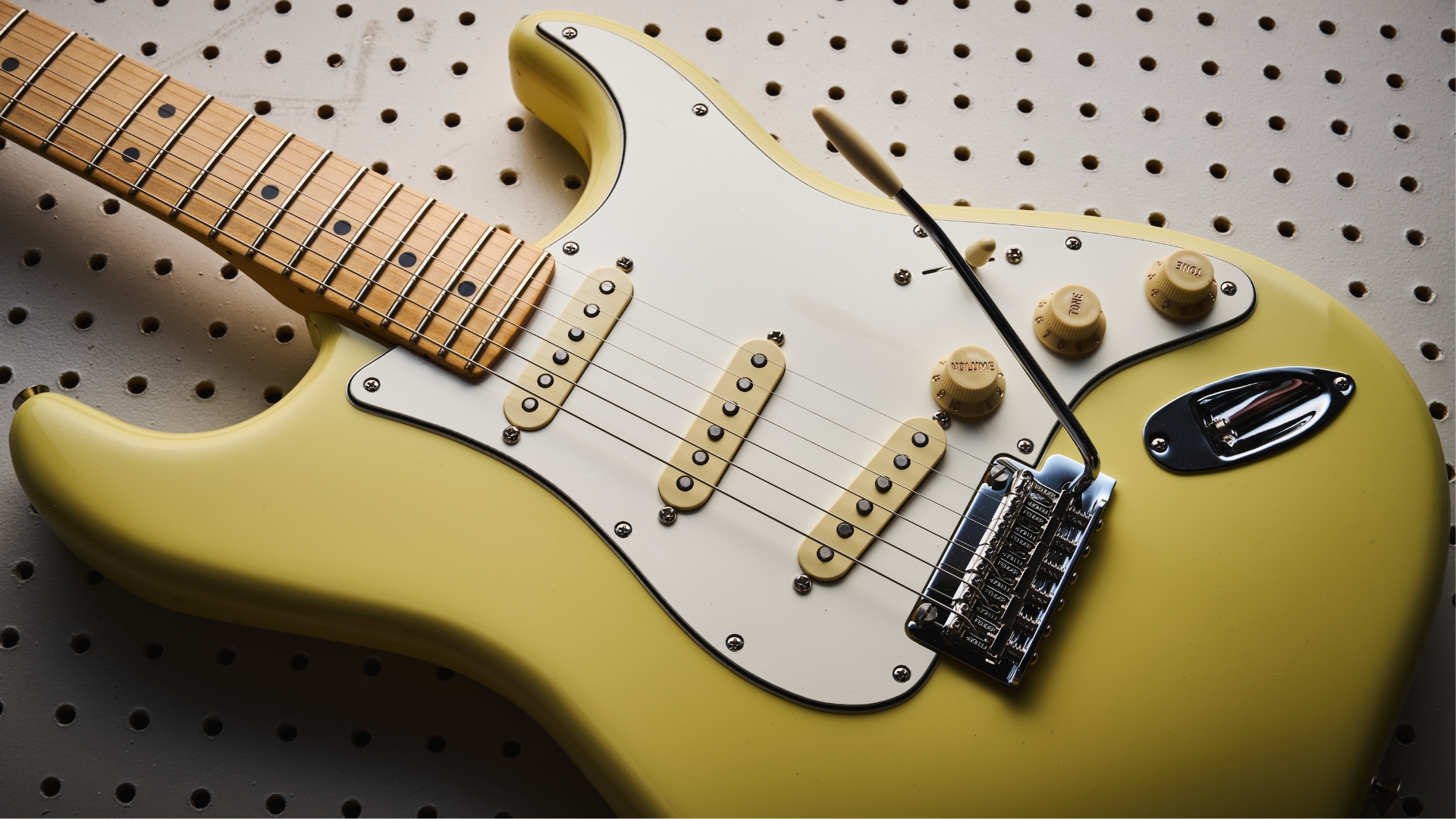
Specifications
Reasons to buy
Reasons to avoid
If you want a Stratocaster for below the $1k mark, this Fender Player II Stratocaster would be my top choice. It’s got all the vintage vibe you’ll need with its classic looks, trio of Alnico 5 single coil pickups, and there’s a huge choice of finishes that will fit the aesthetic of any guitar player.
The Player Series Alnico pickups of the Player II Strat are perfect for a variety of styles, with the bridge position delivering plenty of bite and a reasonably aggressive tone with gain applied. In position 2 it’s pure surf territory with some spring reverb added, and the neck position is perfect for smooth leads and clean funk guitar picking.
The modern ‘C’ neck of this guitar is incredibly playable, and the addition of the rosewood fingerboard elevates it well beyond a mere beginner guitar and firmly into intermediate territory. It’s got 22 medium jumbo frets, which offer a nice balance of heft and slinkiness, while the additional fret gives you a way to bend up to a full octave, which I prefer to more vintage-spec 21-fret guitars.
All the Player II guitars I’ve tested did have some small QC issues, and on the Strat I tested, it was the nut of the high ‘E’ which gave me an issue, not ringing out quite as clearly as it should have. It’s part of the game nowadays when spending less than a grand on a big-name guitar, so just be advised that you might need to give yours an additional setup when you get it.

"The lack of any gig bag feels a bit stingy but the improvements here do balance that out and make a difference to playability and aesthetic – especially in the case of the rosewood models. I can’t help feeling Fender’s necks in this series are also consistently the best you’ll find at this price point. And as I said before and we all know, the feel of the neck and the way you connect with it really matters."
Read more: Fender Player II Stratocaster review
Best P-90
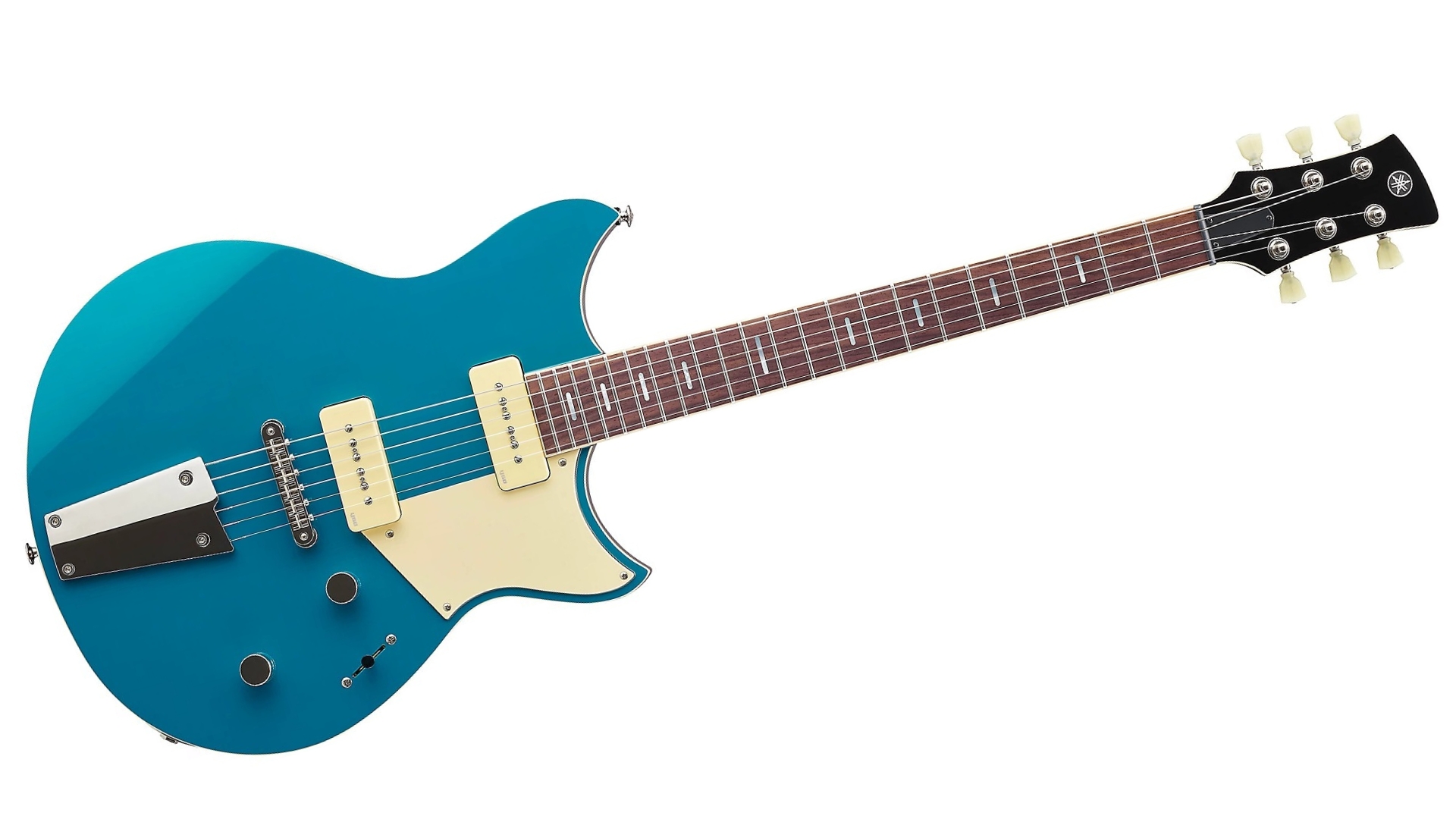
5. Yamaha Revstar Standard RSS02T
Our expert review:
Specifications
Reasons to buy
Reasons to avoid
Yamaha guitars are criminally underrated, especially considering that Yamaha is actually the biggest instrument manufacturer in the world. Maybe it’s because we guitarists have two such massive stalwarts in Fender and Gibson, but for P-90 lovers, you’ll look past the Yamaha Revstar Standard RSS02T at your peril.
The two P-90 pickups are incredibly articulate, and they surprised me massively with just how versatile they can be. Yes, P-90s are great for blues thanks to their cutting tone, but the voice of these two reminded me of the versatility of a Telecaster. They handle clean tones brilliantly and retain their clarity when you crank up the gain. Add in the ability to use out-of-phase positions with the 5-position switch, and you’ve got a guitar that can handle pretty much anything.
Unlike some of the other guitars at this price point, the build quality of the Revstars I’ve played has been second to none, and certainly worthy of a much more expensive price point. This particular model is beautifully put together, and I really love the lightweight feel and balance of the chambered mahogany body.
The jumbo stainless steel frets will last for years, and give you plenty to push against when bending strings or sliding up and down the neck. The flat 12-inch radius makes it really playable when you get to the speedy stuff, and the carbon reinforcement just adds that extra bit of stability when you really dig into it. It’s a brilliant guitar for the money, and easily the equal of the bigger-name brands in this guide.
Best hollow body
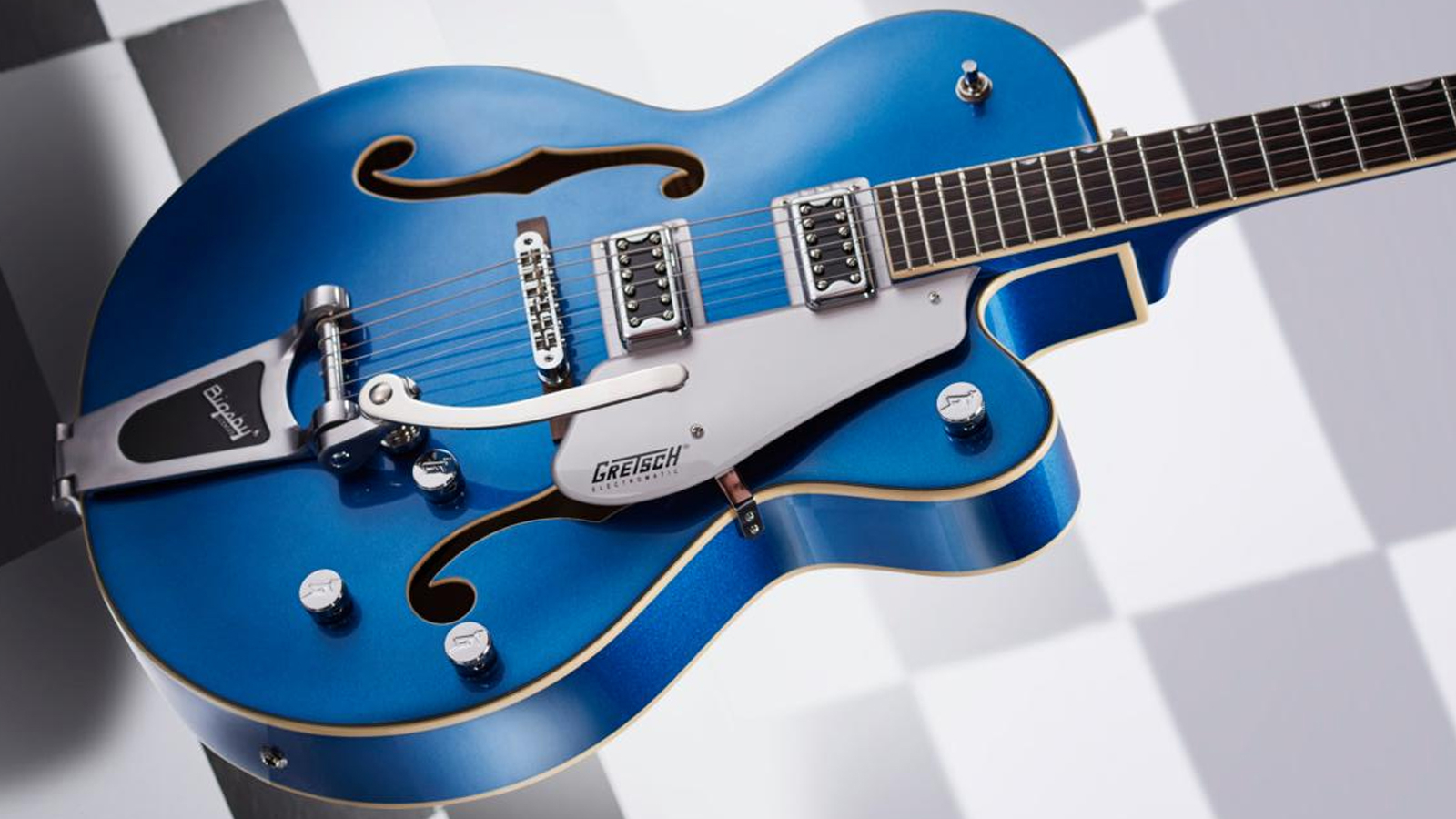
Specifications
Reasons to buy
Reasons to avoid
Part of Gretsch's mid-range Electromatic line, the single-cut G5420T is based on the classic 6120 Chet Atkins Hollow Body – the 'generic' Gretsch we all drew in our school books. It features a new-to-Gretsch colour, Fairlane Blue, which is a deep metallic blue, as well as a Bigsby vibrato and Blacktop Filter'Tron pickups.
There are plenty of shades to be drawn from the slightly damped, muted response with the pickup volumes and tone pulled back, to the thinner, brighter and twangier voices with the master volume rolled back and the pickup volumes full on.
It's true that this would not be our first choice as the only guitar we took to a jam or function-band gig – but for a whole host of older-genre styles, from the obvious rock 'n' roll and rockabilly through to much rootsier swampier voices that love a little 'hair' or outright grunt and grunge, it's one of the best sub $/£1,000 electric guitars out there.

"And then there's the versatility, but not in the manner of a modern solidbody with its full humbuckers and single-coil splits. While it's more subtle here, there are plenty of shades from the slightly damped, muted response with the pickup volumes and tone pulled back, to the thinner, brighter and twangier voices with the master volume rolled back and the pickup volumes full on."
Read more: Gretsch G5420T Electromatic review
Best for metal
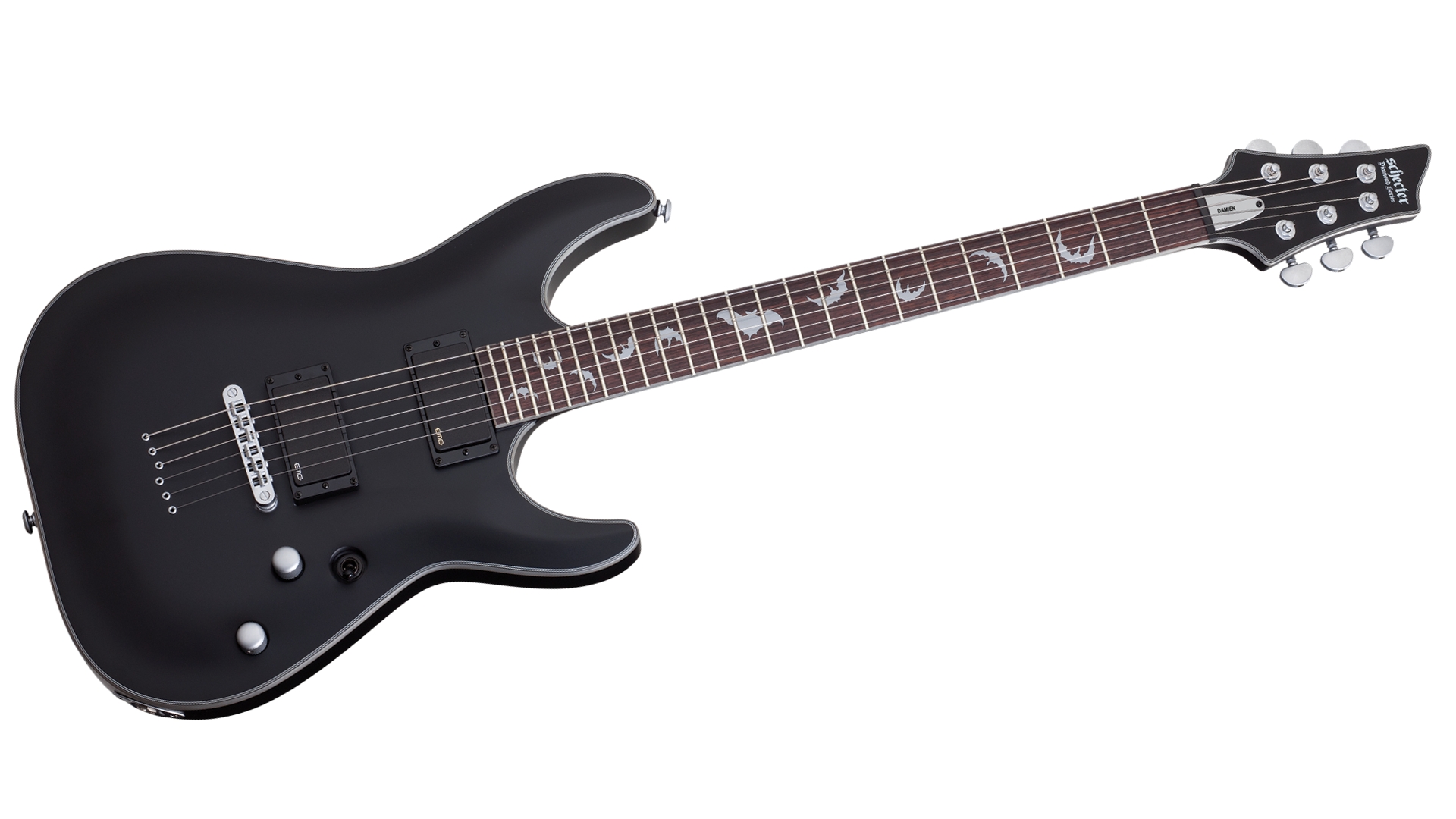
7. Schecter Damien 6 Platinum
Our expert review:
Specifications
Reasons to buy
Reasons to avoid
If you’re looking to get heavy, the Schecter Damien 6 Platinum does a lot for below the $1,000 price point. It’s got dual EMGs, a fast playing and slim neck profile, plus those super cool bat inlays for proper metal street cred.
EMGs are well known for being a staple of metal guitar, and the 85/81 EMG combination is a classic. Some may accuse them of being sterile, but when you’re dealing with ultra-high gain, that’s what you want. They’re perfect for crushing heavy riffs, searing metal shred leads, and they do a pretty good clean tone when you need to bring it down a notch.
I really like the neck profile of this guitar; it’s nice and slim, which makes those shred scale runs super easy to perform. Extra jumbo frets also work great with higher gauge strings if you’re downtuning, and bending against them is super satisfying. The bat inlays take some getting used to if you’re used to dots, but once you find your way around them, they also look incredibly cool.
One thing that you might find annoying is the satin black finish. Satin finishes are renowned for looking amazing when you get them, but if you don’t take care of them, you’ll end up with shiny patches ruining the look. If you’re regularly gigging, it’s probably best to look at a Schecter with a glossy finish, but if you’re mainly playing at home, you shouldn’t have any issues provided you wipe it down every time you’re done playing with it.
This is another guitar where I didn’t come across much in the way of build quality issues on the one I played, which sets it apart from some of the bigger names here. It’s quite basic with a tune-o-matic bridge and no tremolo, which may put off some metalheads. If you want a locking tremolo, there is one available, but be prepared to potentially spend over $1k on one.
Best offset
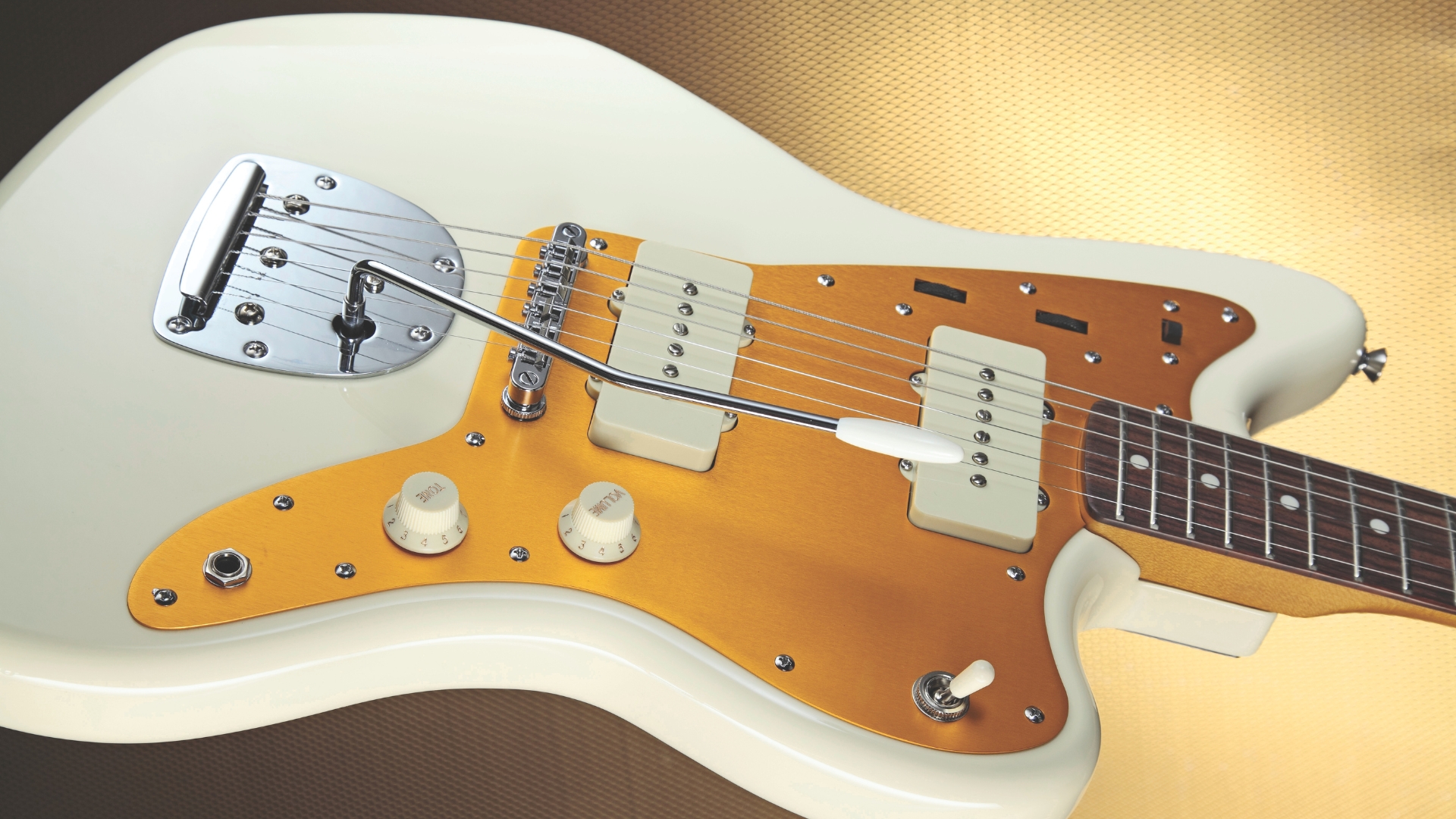
Specifications
Reasons to buy
Reasons to avoid
The Squier J Mascis Jazzmaster is a guitar so good that Fender brought it back after initially discontinuing it. It was fetching a big price second-hand as guitarists kept seeking it out, and that’s because it delivers brilliant tones and superb playability for not a lot of cash.
The extra controls give you a lot of options for different tones, so although players often buy it for shoegaze tones, it can do a lot more than that. These are low-output pickups, so they’re not going to do modern metal, but for nearly everything else, you can get a usable tone out of them. They respond brilliantly to fuzz pedals, but just be wary that they can get a bit noisy at higher gain levels.
The satin neck is also superb, giving you brilliant playability without the need to wear it in. The bigger frets spec’d by J Mascis himself make it a joy to slide up and down the neck on, and make playing pretty much any style or technique a breeze, bar the shreddy stuff. The neck feel is honestly superb, and equal to guitars that cost much more money in my opinion.
No guitar is perfect, and the one thing with this guitar is that you may encounter issues with the tremolo system. Some people I know reported issues getting the tremolo bar to stay in, whereas others have found that with heavy use, the tremolo can knock the strings out of tune. These are issues that are pretty standard with Jazzmaster bridge design though, and can be remedied with a good setup or an upgrade if need be.

"Versatility is one thing, but the knockout punch here is the tonal quality. Similar in construction to the P90, these Jazzmaster singlecoil soapbars are wound wide. While they haven't got the classic Fender snap, they're clear, full and woody when clean, and break under distortion into a huge grunge grind. If you're bored of humbuckers and standard singles, you'll find them refreshing."
Read more: Squier J Mascis Jazzmaster review
Best for beginners
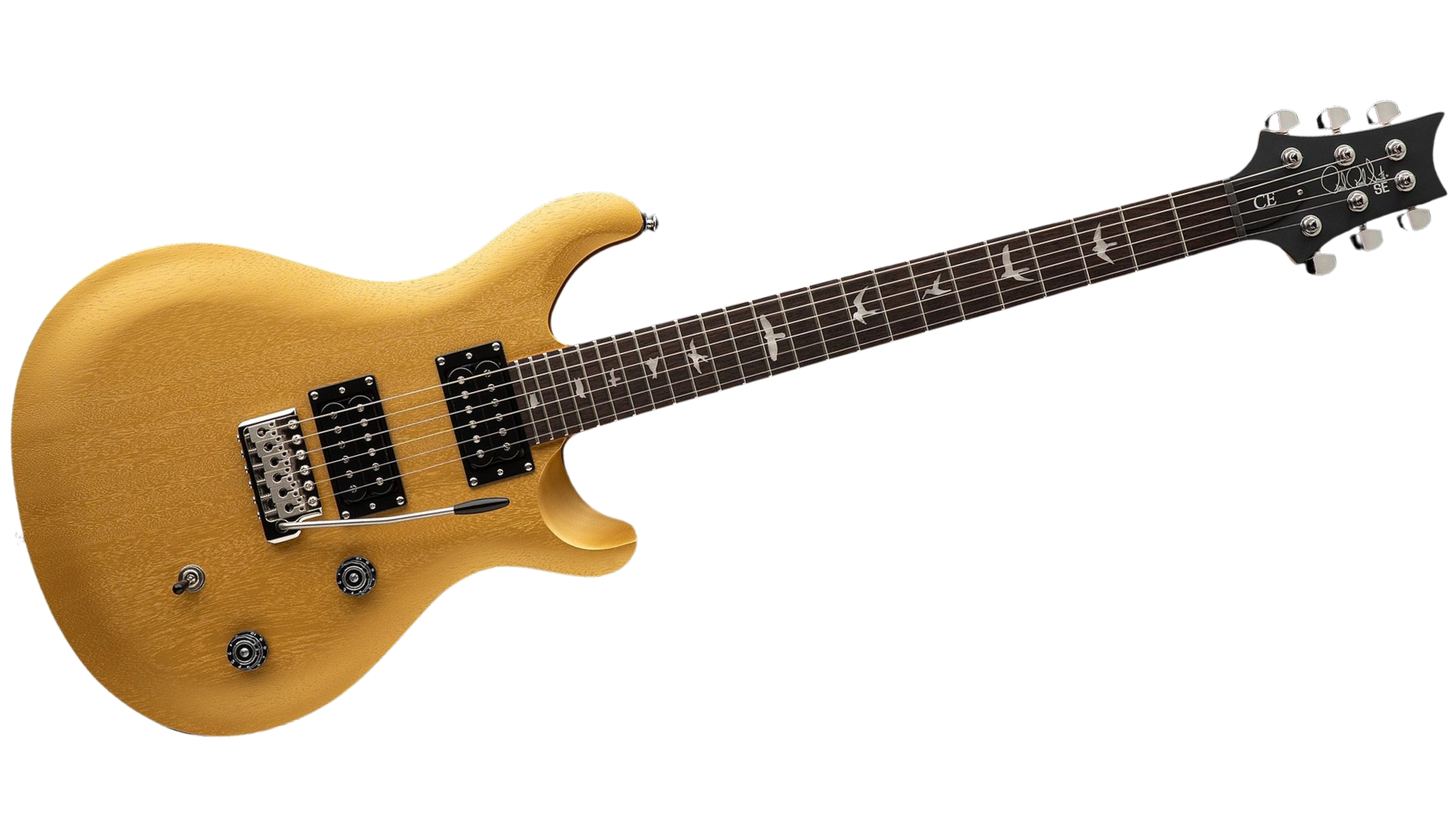
9. PRS SE CE 24 Standard Satin
Our expert review:
Specifications
Reasons to buy
Reasons to avoid
The PRS SE CE 24 Standard Satin is one of the best value-for-money guitars I’ve encountered over the past few years, and I’ve played a lot of guitars! It delivers superb value for your money, and if you’ve got a grand to spend, you could get a great guitar, save the rest, or splurge on an amp or some pedals instead.
The dual PRS-designed humbuckers are really versatile, sitting nicely between low-output vintage and high-output modernity. The ability to split the coils of each gives you single-coil sounds too, making it a real toolbox for tones. Of course, the more expensive PRS’ have a bit more depth, but honestly, it’s surprising how good the SE CE 24 sounds for the money.
The neck is a ‘C’ profile, but the slightly relaxed shoulders make it feel a little thinner and faster. It’s effortlessly comfortable, and the model I played was perfectly set up out of the box, which is something you don’t often find these days. It’s a real all-rounder in terms of feel, allowing for a myriad of styles with very little effort.
I could find nothing out of place in terms of the overall build quality either, with the frets perfectly installed and the tremolo putting up with plenty of abuse. It’s a bit more stripped back than your average PRS, but the finishing makes it look a lot more expensive than it is. For beginners with a little bit to spend, you could do a lot worse than this, and even those guitar veterans will find plenty to love here.
Spec comparison
If you're struggling to decide between my top picks, this comparison table aggregates all the key specifications in one place, making it easy for a direct comparison of each of the models.
Model | Body | Neck | Fingerboard | Frets | Scale | Pickup config | Lefty? |
|---|---|---|---|---|---|---|---|
PRS SE Custom 24 | Mahogany/maple top | Maple | Rosewood | 24 | 25" | HH | Yes |
Epiphone Les Paul Custom | Mahogany | Mahogany | Ebony | 22 | 24.75” | HH | Yes |
Fender Player II Telecaster | Alder, Chambered Ash, Chambered Mahogany | Maple | Maple/Rosewood | 22 | 25.5" | SS | Yes |
Fender Player II Stratocaster | Alder | Maple | Maple/Rosewood | 22 | 25.5" | SSS | Yes |
Yamaha Revstar Standard RSS02T | Chambered Mahogany, Maple Top | Mahogany | Rosewood | 22 | 24-3/4” | SS | No |
Gretsch G5420T Electromatic | Maple | Maple | Rosewood | 22 | 24.6" | HH | Yes |
Schecter Damien 6 Platinum | Mahogany | Maple | Rosewood | 24 | 25.5" | HH | Yes |
Squier J Mascis Jazzmaster | Basswood | Maple | Indian Laurel | 21 | 25.5" | SS | No |
PRS SE CE 24 Standard Satin | Mahogany | Maple | Rosewood | 24 | 25" | HH | No |
How to choose
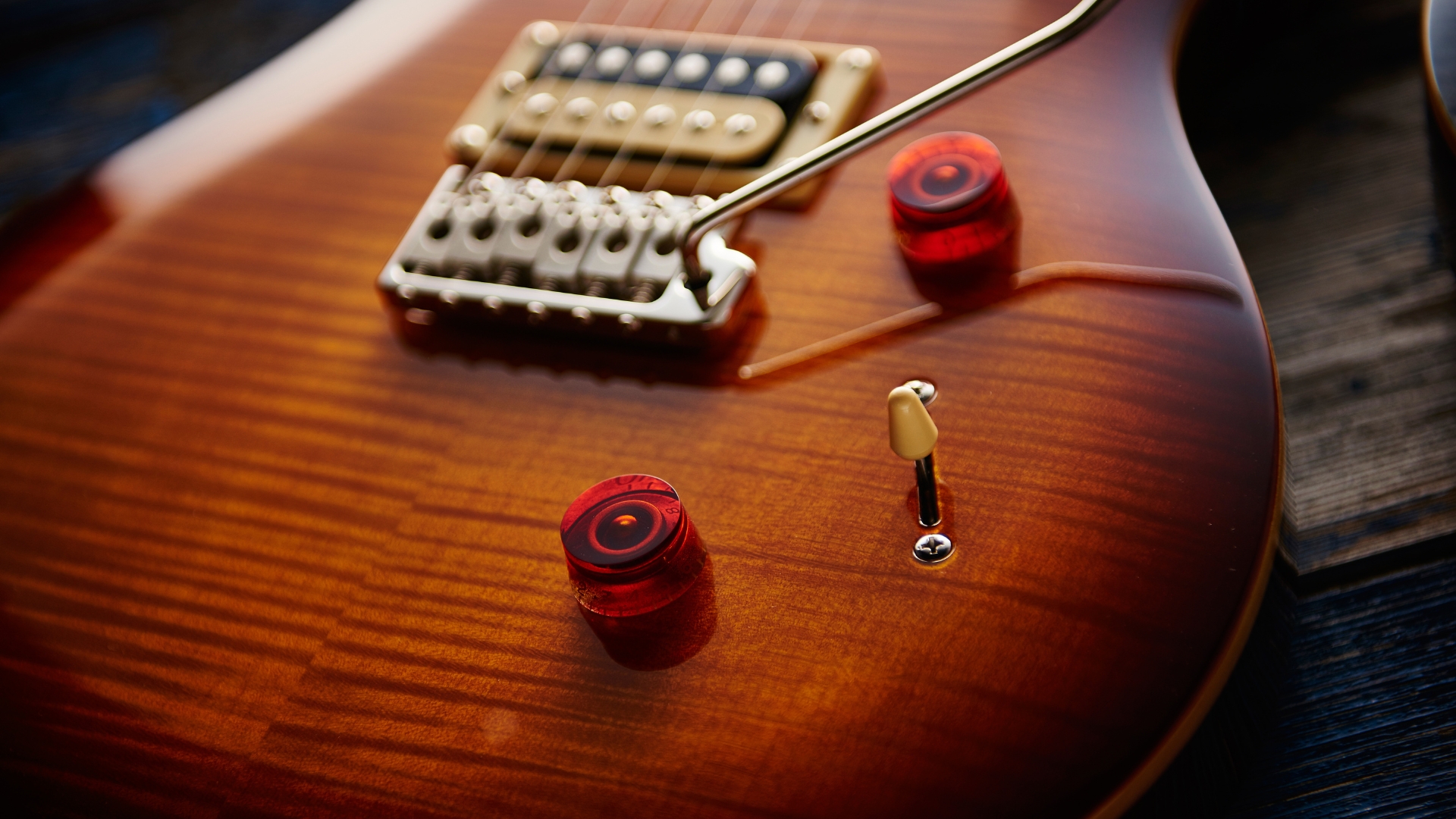
Deciding which guitar to go for can be really difficult when you’ve got $1,000 on your hip. There’s a lot of choice at this price point, and to be totally honest, loads of really great options available for players nowadays. I’ve been buying, selling, and playing guitar for over twenty years now, so let me share my process with you.
1. Consider your sound
MusicRadar's got your back
Thinking about your sound, or the sound you’re trying to achieve, is of the utmost importance when you’re spending this amount of money. You should think long and hard about why you’re buying a new guitar, and what you want it to do that your current guitar can’t. You might only play one style, which could make things easier, but then what if you decide later down the line you want to delve into something different?
It’s good practice to write down your guitar goals, what you want from your playing in the future, and more importantly, what you think your current guitar is doing to hold you back, before you take the plunge and buy something new.
2. Body style
The body style can make quite a big difference to how the guitar will play. Les Paul’s are really heavy and bulky, whereas something like a Stratocaster tends to be more lightweight and ergonomic. Feeling comfortable with your guitar is a really important part of how you’ll play it, so it’s good to give it some thought to see whether you like what you already have, or you want to try something different.
3. Check your pickups
In electric guitars, the type of pickups it has will make the biggest difference to how the guitar sounds. Certain pickup types are better than others at different styles, so depending on what pickups your potential guitars have will determine their suitability for a particular type of music.
Typically single coil pickups are lower output than humbuckers, which makes them better for less heavy styles of music like blues and funk. Heavier music tends to rely on the use of humbuckers for higher output, which can make them better suited to rock and metal. That said there’s a definite blurring of the lines here, with certain humbuckers being great for blues and single coils sounding great for rock music, which leads us nicely onto our next point.
4. Do your research
This guide has guitars arranged by styles and types, which should get you some of the way there, but electric guitars can be vastly different in terms of playability and sound, so check out the full reviews we’ve linked here, and delve into YouTube videos for sound demos too.
You should always have a healthy dose of scepticism when doing this, though, because what works great for one player might feel totally alien to another. You should also bear in mind rig differences, because a guitar is going to sound very different through a vintage tube amp than it will through a practice amp.
FAQs
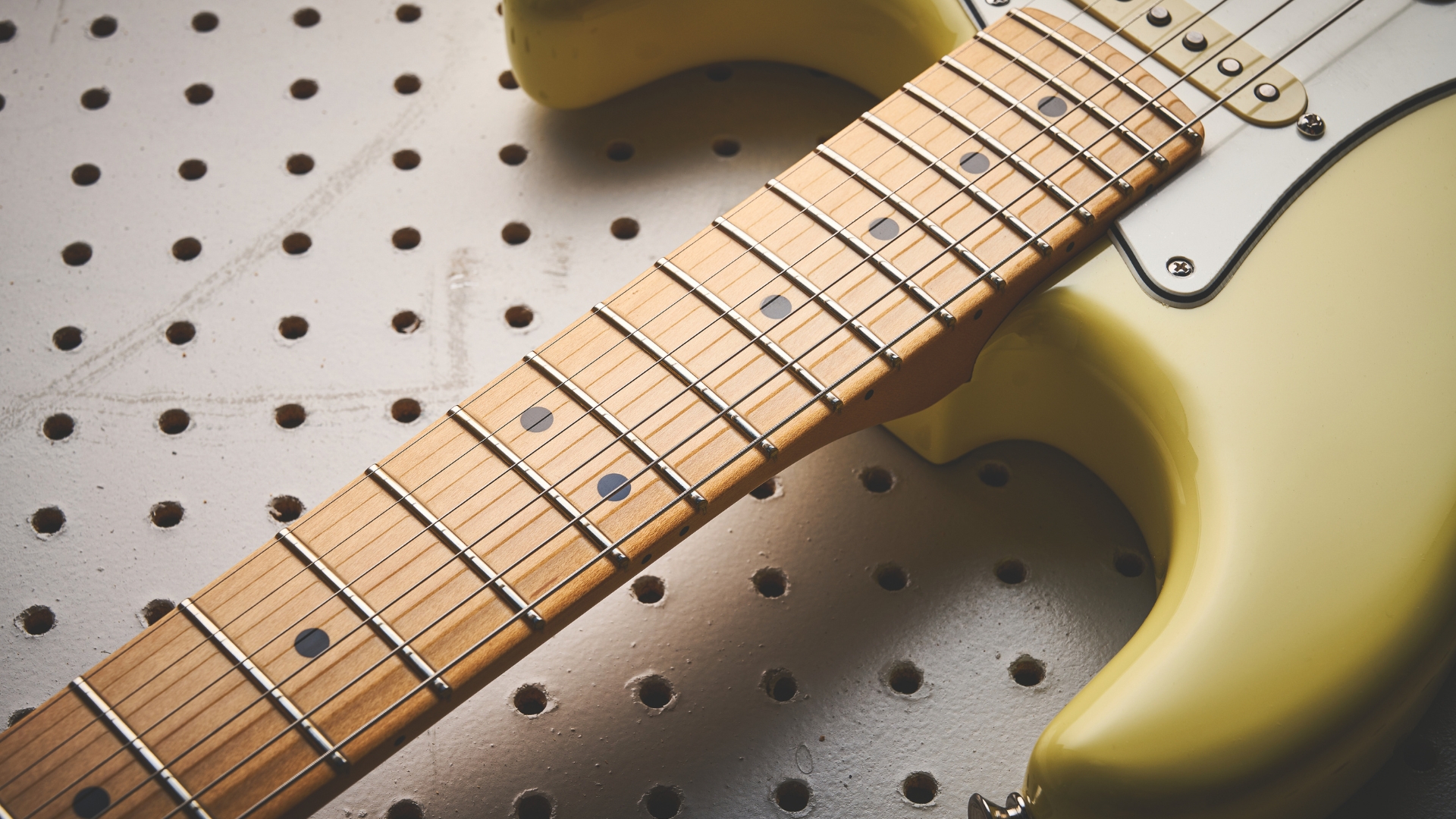
Which guitar brands are the best under $1,000?
Nearly every major brand offers great guitars below the $1,000 mark. My personal favourites are all represented in this guide, so if you look for brands like Fender, PRS, Epiphone, Gretsch, Yamaha, Schecter, and Squier, you can’t really go wrong. There are also great guitars from lesser-known brands out there, so do your research and you can find some great value guitars.
Will I get more value buying used?
In pure monetary terms, yes, you will get more for your money going used. It can be a great way to pick up an instrument for much less than its value new, and there are plenty of good guitar players out there who are just selling well-looked-after instruments because they didn’t gel with them, or they need to clear some space.
It can be a bit of a lottery, though, as not everyone looks after their guitars properly, so there is always that chance you can get a dud. When buying new, you get the reassurance that you can send it back if there are any issues, whereas it might be harder to argue that on places like Facebook Marketplace and Reverb.
Does the country of origin matter at the $1k mark?
Generally speaking, at the $1,000 mark, you’ll be getting guitars manufactured in the Far East or Mexico. In terms of quality, yes, they’re not quite as good as those offerings from the USA, but they’re not all that far off. I’ve played plenty of Far East-manufactured guitars from China, Indonesia, Korea, and others that have all played brilliantly.
What pickups should I go for?
This is all down to your personal style. Most pickup types are fairly versatile, but some do certain things better than others. It’s really key to do your research here if you’re not familiar with pickup types, and always remember that changing your pickup type can result in quite drastic differences, which could be a good or a bad thing depending on your personal outlook as a guitarist.
Is it better to spend more on a guitar or an amp?
In all honesty, I believe a good amp makes a much bigger difference than a good guitar. That said, the pickups of an electric would be second after the amplifier, so it’s still an important part of the signal chain. If you didn’t have an amp or an electric guitar, then I would recommend splitting the budget down the middle and spending $500 on each.
Will a heavier guitar sound better?
I’ve never really noticed much difference in heavier electric guitars like those made out of mahogany, but there is a difference in sound if a guitar has a chambered or hollow body. In all honesty, it’s the pickups that make an electric guitar sound the way it does, as well as the amps and pedals you play them through, so I wouldn’t get too hung up on the weight of the guitar.
What about fret size?
Fret size is a very personal thing. Some prefer big frets while others prefer smaller ones. Generally, you’ll find vintage-spec guitars have smaller frets, whereas more modern guitars or those geared towards metal and shred have larger ones. They can make a big difference in the way a guitar feels, so if you’re not sure about fret siz,e it’s good to play a few different guitars side-by-side so you can see what kind of difference it makes.
Is it worth buying a guitar online without playing it?
Absolutely. Provided the retailer you’re buying from has a good returns policy, there’s no reason you couldn’t try out every guitar on this list to find the one you really like. I’ve done it loads of times, and while yes, there have been guitars I haven’t gelled with, I’ve found plenty more that have ended up being keepers.
How long will a guitar under $1k last?
Provided you look after it, any decent guitar under $1,000 is going to last decades. Electric guitars are incredibly well-made these days, so provided you’re not throwing them about or taking them on tour without a gig bag or hard case, there’s no reason it won’t last for years and years.
Key terms
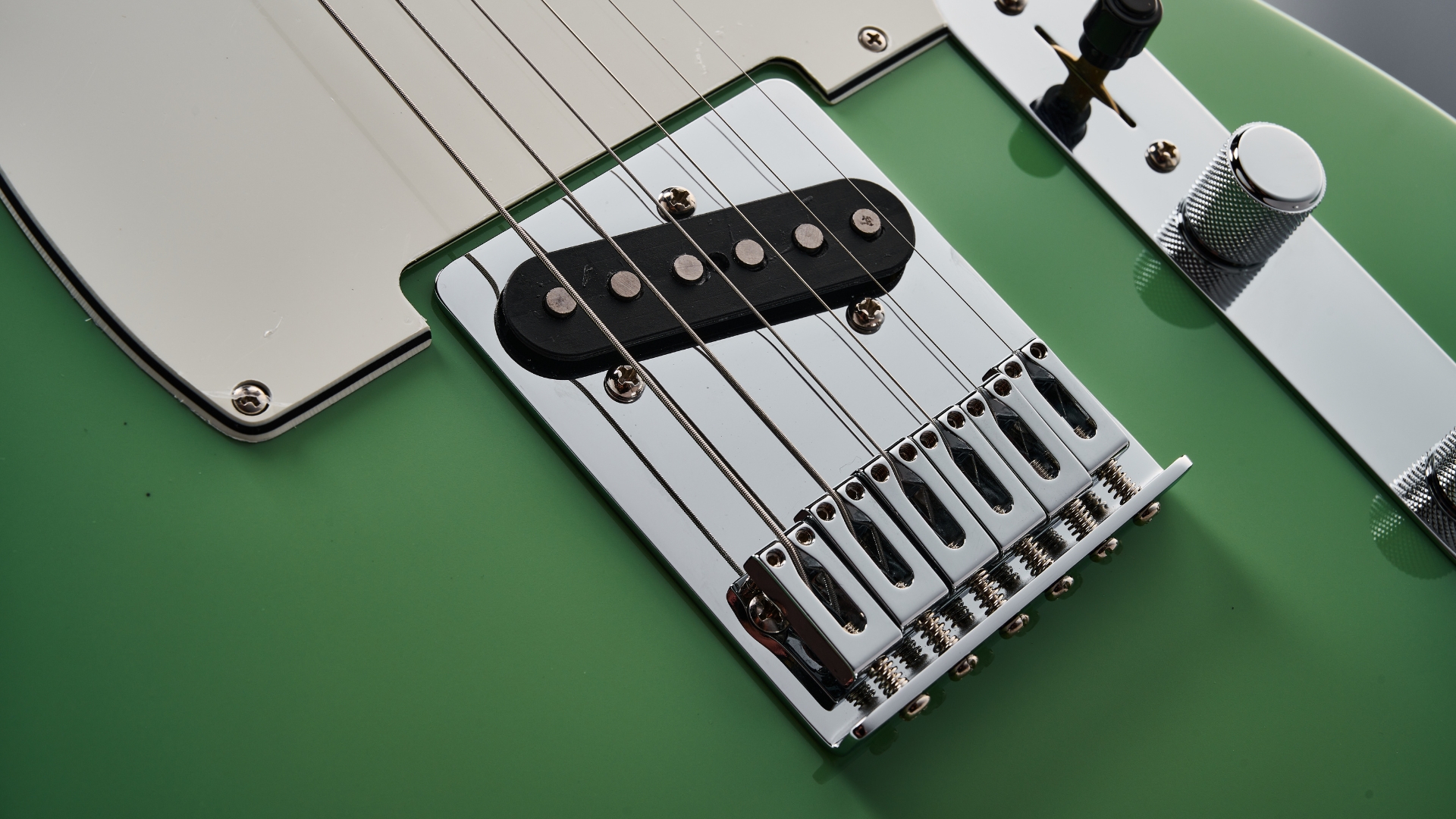
- Action: The height of the strings from the fretboard. Typically, a low action plays faster, while a high action can be better for slide guitar or players who hit hard.
- Body style: The shape of the guitar body, which determines how comfortable or heavy the guitar might be.
- Bridge: The part of the guitar that anchors the strings to the guitar body.
- Cutaway: A scooped-out section of the body designed to allow better access to the upper frets.
- Fretboard (Fingerboard): The part of the guitar where you place your fingers to fret notes and chords.
- Fretwork: The quality of the application of frets on the fretboard.
- Humbucker: A type of pickup that houses two single coils together, resulting in a higher output signal without any hum.
- Intonation: How in tune a guitar is across the length of its fretboard.
- Neck Profile: The shape of the guitar neck, which determines how it feels in your hand. These are often denoted by letters such as ‘C’, ‘D’, ‘U’, or ‘V’.
- Nut: The nut sits at the top of the guitar and guides the strings from the tuning machines onto the fretboard.
- Offset guitar: A type of guitar that features an asymmetrical waist, originally designed to be comfortable when played seated.
- P-90: A type of pickup that is technically a single coil, but in terms of sound sits somewhere between a single coil and a humbucker.
- Pickup: The part of your guitar that transfers the sound from your strings to your guitar amplifier using magnets.
- Scale length: The distance between the nut and the bridge. Different scales affect how the guitar plays and can have a small effect on the tone of the guitar.
- Setup: The process of adjusting the action, intonation, fretwork, and neck relief to ensure the guitar is playing its best.
- Single-coil: A type of pickup that uses a single coil to create its sound. Delivers a brighter tone but is more susceptible to hum.
- Tonewood: A word used to describe the type of wood from which a guitar body is made. Often overestimated as to how much of an effect it has on the tone.
- Truss rod: A metal rod inside the neck that is used to adjust the curve of the neck going up towards the headstock, known as neck relief.
- Tuning stability: How well a guitar can hold its tuning, often influenced by tuning machines, nut, and the bridge.
How we test
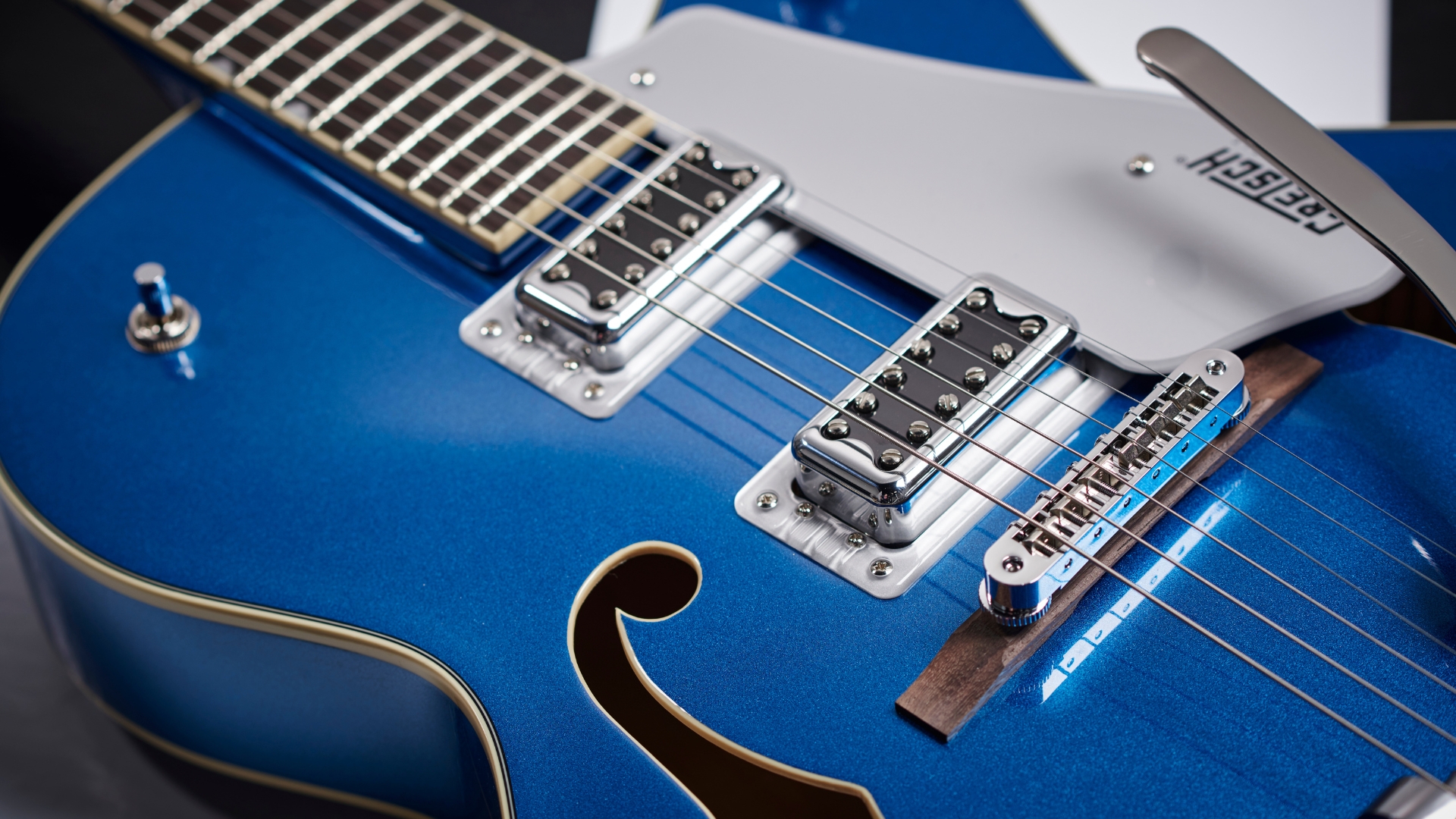
When choosing the best electric guitars under $1,000, there are a few key factors that go into what we decide to put into the guide. Our team has a wealth of experience testing guitars, so we know exactly what we’re looking for, beyond just ensuring the guitar comes in below the $1k mark.
With decades of experience using and reviewing gear, we put all that experience into the curation of our guides, ensuring that every guitar is great value for money and great quality. When we’re reviewing guitars, there are a few things we’ll always be looking out for.
1. Build quality
Our first tests will start with the build quality. Here we’ll be using our expert eye to look at every inch of the guitar in detail. We know how to spot bad fret work, finish blemishes, and poorly applied hardware, and we make sure to expertly examine every instrument that gets sent in for review.
2. Playability
With the quality of the build assessed, we’ll move on to playing the instrument. A lot of the time, we won’t even plug it in for this part, but just play it unplugged to really focus on how it feels. It’s not just the neck feel either, we’ll also look at how the weight of the guitar is distributed, how it feels standing up on a strap versus on your lap, and how it feels to move around with the guitar too.
3. Tone
With the playability checks done, it’s time to plug in and tune up. Here we’ll put the guitar through a variety of tests to see what it excels at, and what it’s not so good at. We’ll try different amps, different pedal combinations, and different playing styles in order to get a good overview of the instrument's capabilities.
4. Time
We’ll try and spend at least a couple of weeks with each instrument to ensure we really get to know it. This allows us to get over that initial honeymoon period and really find out what the guitar is like to live with. This way, we can see those potential issues it might have that you wouldn’t notice, having only played it for a couple of days.
Find out more about how we test music gear and services at MusicRadar.
Related buying guides
- The best electric guitar strings for all styles and budgets
- Dive deep with the best baritone guitars
- Do things on a budget with the best Squier guitars
- Smaller budget? Try the best cheap electric guitars under $/£500
- Starter acoustics and electrics: the best guitars for beginners
- Start a new project with the best DIY guitar kits
Want all the hottest music and gear news, reviews, deals, features and more, direct to your inbox? Sign up here.

Matt is a Junior Deals Writer here at MusicRadar. He regularly tests and reviews music gear with a focus on audio interfaces, studio headphones, studio monitors, and pretty much anything else recording-related. Matt worked in music retail for 5 years at Dawsons Music and Northwest Guitars and has written for various music sites including Guitar World, Guitar Player, Guitar.com, Ultimate Guitar, and Thomann’s t.blog. A regularly gigging guitarist with over 20 years of experience playing live and producing bands, he's also an alumnus of Spirit Studios, where he studied studio engineering and music production.
- Chris Corfield
- Daryl RobertsonSenior Deals Writer